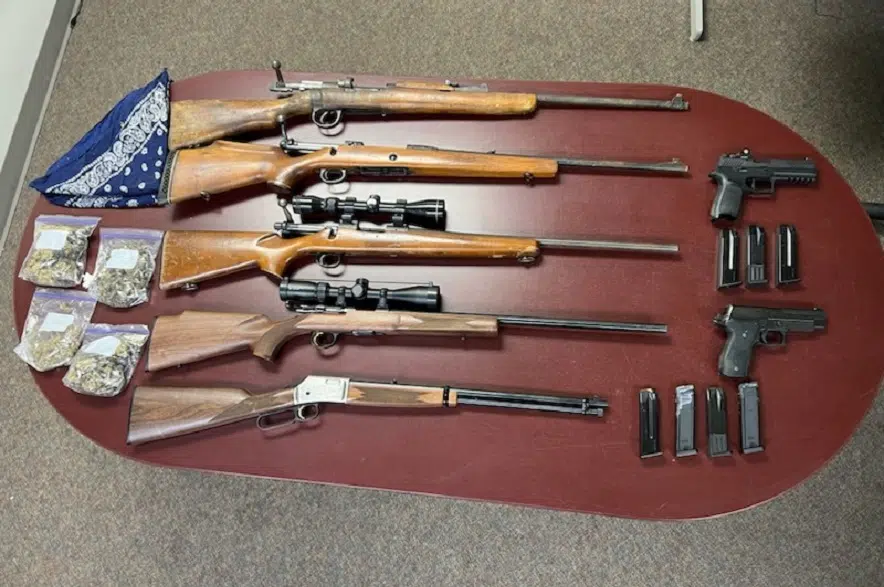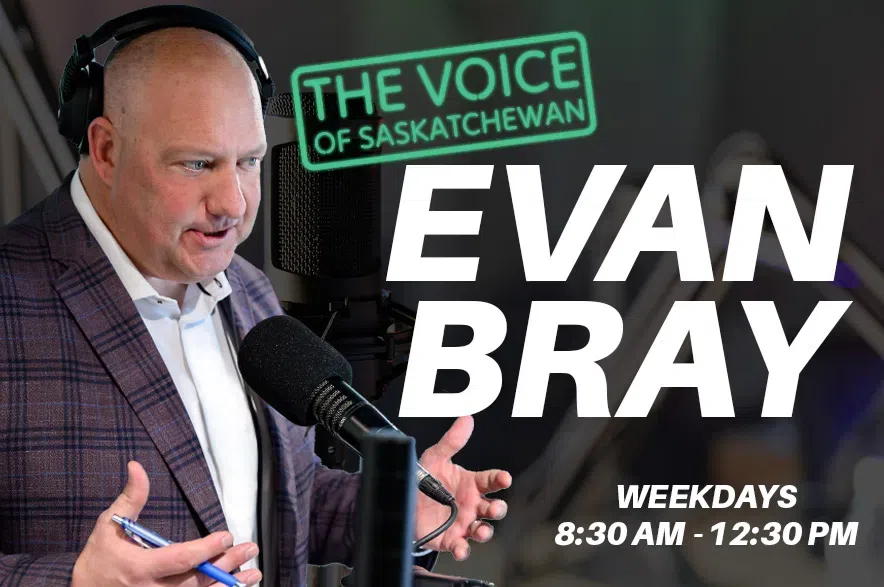Violent gun crime has risen by 43 per cent in RCMP jurisdictions in Saskatchewan since 2017, and police say they need more resources in order to proactively address the problem.
According to the Mounties, there were 440 violent gun crimes reported in RCMP jurisdictions in the province in 2017, and in 2021 that figure rose to 627. Most of the increase occurred in northern Saskatchewan, RCMP noted, which saw a 75 per cent jump from 219 incidents in 2017 to 384 last year.
C/Supt. Ted Munro, the criminal operations officer for the Saskatchewan RCMP, said the numbers alone don’t show the full picture when it comes to the impact of gun violence.
“Statistics tell part of the story. But only our Saskatchewan RCMP officers and the communities they serve experience the vivid and alarming truth of how firearm-related violence impacts northern and west-central Saskatchewan,” Munro said in a statement.
“Our communities can tell you about the fear that firearms and gang violence create. Our police officers will tell you they are seizing more dangerous firearms – including handguns and disturbingly, many sawed-off long guns. These concealable weapons, particularly the illegally-modified ones that could malfunction, present extra risk to our communities and police officers.”
The RCMP noted that each and every one of the violent gun crimes reported involves at least one victim, and those victims are often left deeply affected.
Calls to police related to gun crime are given the highest priority, RCMP said, and are often the most serious crimes police respond to. Specialized investigative units such as the Saskatchewan Enforcement Response team have been established to help address the issue, with a mandate to investigate organized crime including those who bring illegal firearms into the province.
But while police are making efforts to address the issue, and have seen success in removing illegally owned firearms from the streets, Munro was frank in his assessment that police resources in Saskatchewan are often stretched thin.
“I will be honest – we could do more. The firearm-related danger and investigational complexities have increased in Saskatchewan. Our resources have not. The increase in firearm-related violence is stretching our resources – it means we often have to reprioritize our response to non-violent crime. It means our officers carry an unreasonable workload and endure long hours – risking their well-being,” Munro said.
“Sometimes we feel like we are putting out fires, but it is challenging to address the source of ignition at the same time. With more staff and police officers, we would be more proactive rather than reactive. We would be more visible in communities.
“We could do true community policing: working more with youth, providing more crime prevention programming, and liaising more often with community leaders and partners to work together to address the societal realities that lead to firearms-related violence.”











